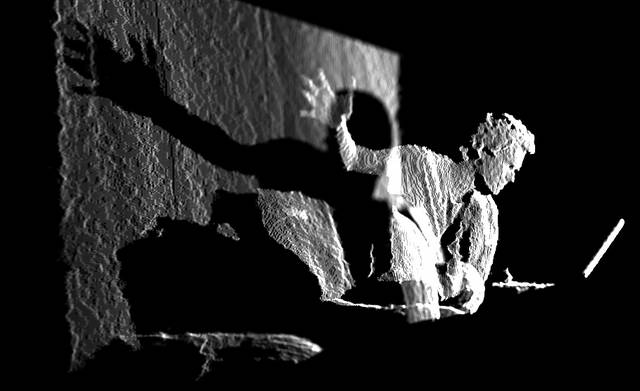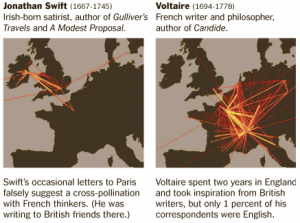I have recently come across a number of reflections on the ethics of game design prompted in part by a story about the closing down of an installation in 2008 of Virtual Jihadi by artist Wafaa Bilal. (GamePolitics has a number of stories on Bilal and the controversy and here is an interview with Waffaa Bilal about the controversy.)
What did Bilal do? Well, he modified a propaganda game called Night of Bush Hunting (or Quest for Bush) which in turn was a modification of a cheap game Quest for Saddam – a first-person shooter where you hunt Saddam – all to draw attention to the stereotypes of arabs in games.
What’s so special about these games? Gameology has a careful comparison of Quest for Bush and Quest for Saddam. Quest for Bush apparently was just a swap of resources in Quest for Saddam to change who you hunt. A skin of Bush exchanged for a skin of Saddam. The comparative review points out that,
the ease with which the Global Islamic Media Front transformed Quest for Saddam into Quest for Bush, a game that seems to portray jihad, should call attention to the problems with the content of the original. And these are problems which aren’t intrinsic to violent video games. Creating a game that repeatedly portrays the killing of a specific individual or ideology and then distributing that game in a context that sincerely advocates the killing of that individual or ideology precludes any claims about that game’s facetiousness. So whereas a hypothetical DOOM mod that replaced demon sprites with depictions of Arabs would insert xenophobic content where there previously was none, Quest for Bush simply switches the variables on an already political (and probably xenophobic) game’s content.
It seems to me there is now more reflection in the gaming community on games and ethics. A good example is in Gamasutra where Dean Takahashi wrote a longer essay on the Ethics Of Game Design. Some of the issues raised:
- What are the ethics of games that portray identifiable groups (like Russians or Arabs) as bad guys? It obviously saves time to use stereotypical bad guys – no one needs to have explained why you are fighting orcs – but is it unethical?
- Balancing freedom of expression and the ethics of how games might influence players
- The rating of games and whether it works to keep violent (or pornographic) games out of the hands of minors
- Is it enough to just make fun games? Should game designers just focus on the commercial imperative to develop fun games that sell?
- Is it just a game? Do players know the difference? Are players influenced by content even if they know it is just a game?
- Do the intentions of the designer matter in ethics?
- Does the addition of interactivity change the responsibility of the designer? Many works of art portray evil people and we don’t complain, why does being able to play an evil person seem to change the ethical equation?
Some other useful essays include Frank Caro’s Osama bin Fragged: a review of terrorist propaganda games in Ars Technica, Andrew Webster’s Serious games: Ars looks at games that tackle big issues, also in Arts Technica.






